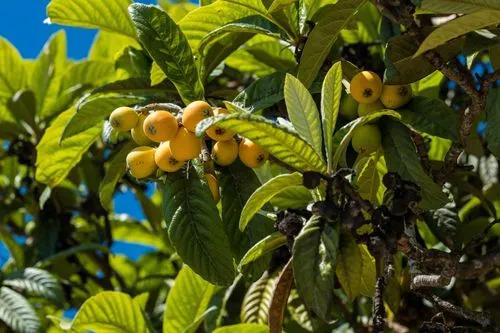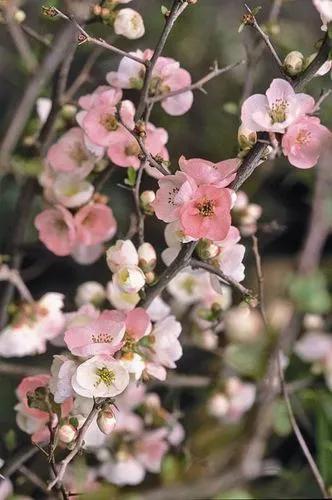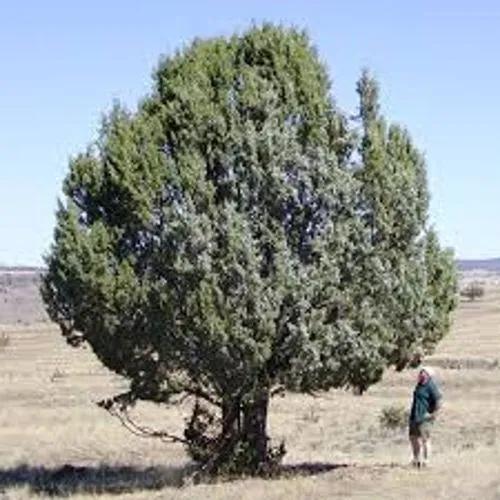Great for containers and gardens, the Clementine Mandarin Orange is a famous and compact tree with incredibly easy growing conditions. Clementine Oranges are smaller and sweeter than regular Mandarin Oranges, making them loved among children and sweet-toothed adults alike!
Clementine Mandarin Orange Care
Citrus Reticulata 'clementine'



Clementines are citrus trees that grow up to 20 feet (6 meters) and produce small, orange-colored fruits reaching up to 3 inches (8 cm) in diameter. They were introduced to the US in 1909 and quickly became one of the most popular citrus fruits on the market.
Although the precise origin of the Clementine Tree remains a mystery, scientists believe that the plant is a mix between Mandarin (Citrus reticulata) and Sweet Orange (Citrus × sinensis), and it was named after a French missionary called Clément Rodier, who discovered and cultivated the trees in the 1900s. They come in different varieties, some seedless, others with seeds. But one thing these varieties all have in common is their sweet, slightly sour taste and thin, easy-to-peel skin.
How to Care for the Plant

Water

Keep the soil of your Clementine Tree constantly moist. They will not tolerate drought; this will cause their leaves to curl up and eventually drop. To ensure the plant remains hydrated, water when the top few inches (at least 5 cm) of soil feel dry to the touch. Never water while the soil still feels wet because this can lead to overwatering and rot of roots!

Pruning

Pruning your Clementine Tree should be done in spring, right before new growth is appearing. The first thing to prune is dead branches and ill-looking foliage to get a fresh start for the growing season and prevent illness or disease. Also, don’t prune flowering and fruiting branches, and try to cut no more than a third of the plant’s size to prevent shock.

Fertilizer

Container-grown plants need fertilizing monthly to sustain their growth and fruits. You can use a standard, all-purpose plant food with an NPK of 10-10-10, although a specific Citrus fertilizer will be a better option. These often have a ratio of 2-1-1 or something similar, which can be helpful for the production of lush, abundant fruit.
Dilute liquid fertilizers to half the strength recommended by a manufacturer to avoid burning the roots. If you prefer to use a slow-release granular fertilizer, you can apply this once a year in spring. Also, you can apply a second dose in the summer in case you notice signs of deficiency or problems with fruiting.

Sunlight

Keep your Clementine Tree in a spot with plenty of direct sunlight. In indoor situations, this can be tricky as indoor lighting is much less bright and intense than outdoor sun. Ensure a spot in a south-facing window where light is abundant. It may be useful to offer your plant an artificial grow light, especially during the darker winter months. Keep the light on for at least 6-8 hours daily for the best results.

Soil

When possible, opt for a specialty citrus soil for this tree. These soils can be found in garden centers and plant shops worldwide. However, you can also mix your soil by amending standard potting mix with perlite, bark, and horticultural sand. The best soil pH is between 5.5 and 6.0.

Propagation

Although it is not a common practice, propagating Clementines through stem cuttings is possible. To do this, simply take a 6-8 inch (15-20 cm) cutting from a healthy and mature mother plant and cut at a 45-degree angle. Next, stick the cutting in a pot filled with well-drained soil. The soil should be slightly watered whenever it feels dry to the touch, and place your pot in a sunny location (or underneath a grow light). Covering the pot with a plastic bag can help with maintaining humidity levels. Within a few weeks, the cutting will have grown roots!

Temperature

These trees love warmth and summery conditions. Never expose them to cold below 50°F (10°C), as they will quickly decline! Although they can handle cold down to 20°F (-8°C), we do not recommend purposely putting them in the cold.
Try to keep them in a stable environment, with temperatures between 65-80°F (18-27°C). Sudden, harsh fluctuations will typically lead to leaf loss and stress. Keep them out of cold drafts and radiator heat as much as possible.

Container

A large container with drainage holes is best for these trees. Although small, their root system needs plenty of space to grow vigorously without becoming tangled. Aim for a container of at least 10 gallons (38 liters). Your Clementine Tree may need to be repotted once every 1-2 years if it has outgrown its pot.

Fun fact

Many growers prefer to grow seedless Clementines because they are more popular among consumers. However, cross-pollination from bees and other pollinators can cause the fruits to lose their seedless characteristics, producing fruits with seeds. This problem led to an incident in 2006 where growers in the USA threatened local beekeepers to keep their bee friends away from their trees to avoid cross-pollination.

Popularity

1,506 people already have this plant 290 people have added this plant to their wishlists
Discover more plants with the list below
Popular articles






